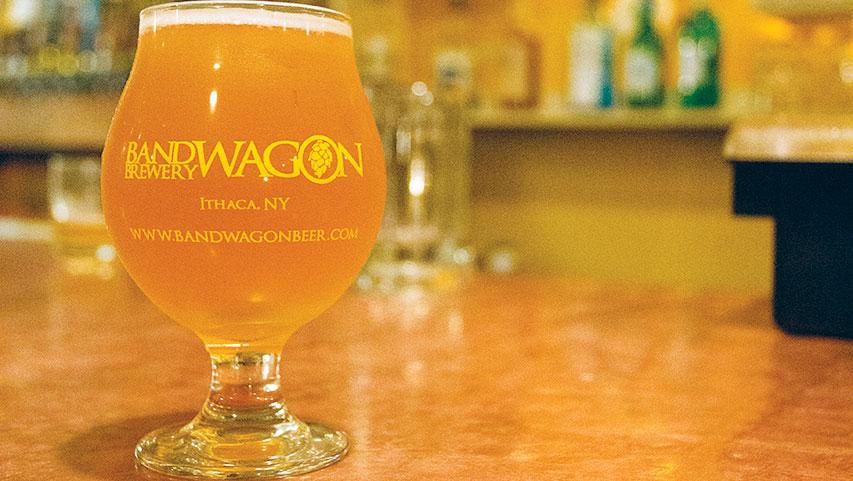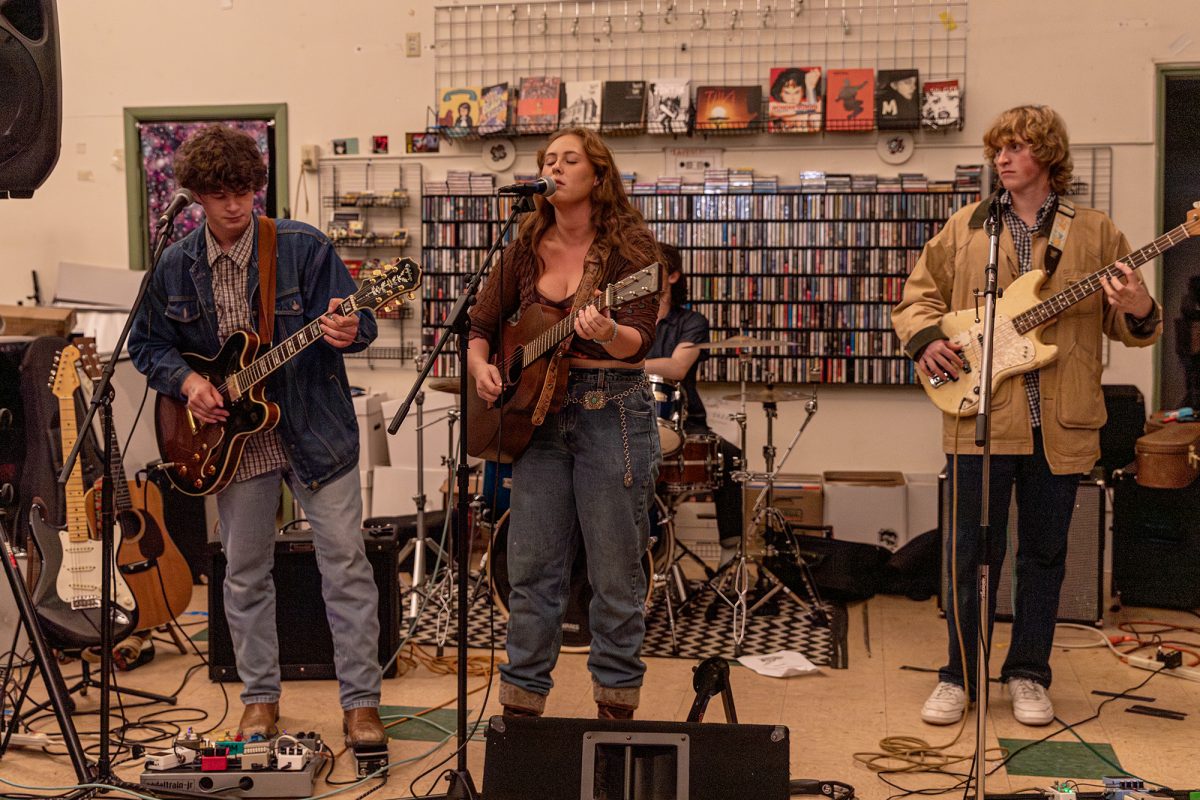Nestled among the wineries and farms that make Central New York a popular tourist attraction for locavores and gourmets lies a historical mainstay making a comeback: craft beer. What was once a near monopoly in New York State is returning in the form of microbreweries, and more recently farm breweries, including several around Ithaca and the Finger Lakes region.
Cornell University in particular has displayed recent interest in New York’s craft beer history through its library collections. Its exhibit “For a Quart of Ale Is a Dish Fit for a King” at the Albert R. Mann Library, is a collection of drawings and photos from the height of New York State hops production and brewing, as more than 80 percent of the country’s hops crop was produced in New York by 1880. The Carl A. Kroch Library is also creating a memorabilia collection for these old farms and breweries as part of its Eastern Wine and Grape Archive.
This rich brewing history is part of what makes New York State craft beer special, said Nathan Arnone, marketing director for Southern Tier Brewing Company.
“There were dozens of breweries all over New York State,” Arnone said. “Pretty much every city of any kind of size had a brewery before prohibition.”
A combination of disease, pests, competition from the Pacific Northwest and an overall industrialization of beer production crippled the small-scale brewing tradition in the state, and prohibition only worsened this, Arnone said. However, the traditional brewing practices have been preserved by breweries such as Bandwagon Brewpub in downtown Ithaca; Hopshire Farm and Brewery in Freeville, New York; and Climbing Bines off Seneca Lake in Torrey, New York. Bandwagon owner Nick Antczak said for their in-house beer production, “traditional” means small batches with more personalized attention.
“We are very, very small scale,” Antczak said. “We do 60 gallons at a time, so we’re definitely more hands-on.”
He said while the automated systems that many larger breweries utilized provide more consistency, restrictions on funds and space led them to go with a more manual method of brewing, which is closer to the home-brewing practices that led to the boom in the 19th century.
Larger New York breweries such as Brewery Ommegang in Cooperstown, New York, and Southern Tier in Lakewood, New York, have gotten support from a national fan base — the former has also launched a line of beers based on the HBO hit and George R. R. Martin series “Game of Thrones” — but farm breweries are on the rise thanks to 2012 legislation designed to support farmers of craft ingredients and boost sales of the final products.
According to a press release from governor Andrew Cuomo’s office, state microbreweries now have access to tax benefits, and farm breweries have their own type of licenses to sell their products and open restaurants. It also stipulates that the beers produced at these breweries need to contain 20 percent New York–grown hops and other ingredients, which will increase to 90 percent by 2024. Climbing Bines owner Chris Hansen said the benefits of the farm brewery license, such as the opportunity to pour full pints in their tasting rooms rather than just small samples, create incentives for breweries as well as customers to buy local.
“We’re striving to keep that incentive to buy local ingredients,” Hansen said. “It’s much cheaper to buy hops from Oregon than it is from New York right now, just in terms of that we don’t have the structure yet.”
The three breweries agreed that New York craft beer production and culture is here to stay, and while they likely won’t replace the “Big Three” of Miller, Coors and Budweiser, the state’s microbreweries are producing quality products that the public is interested in.
“It’s just fantastic because people are really opening up to what’s out there and what a good beer actually tastes like,” Hansen said.














